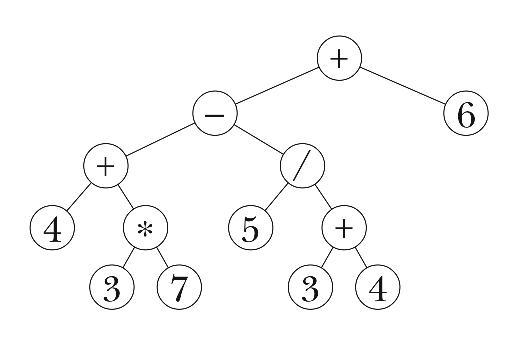Looking back at week 5, when we were learning how to trace recursion I realized how many things have changed since then. Since then I remember recursion being this scary concept that I heard from upper year comp-sci students that it was tough. Writing the post at that time I never realized the importance or significance of writing recursion in place of writing while or for loops. But now after working with recursion for so many exercises and practices it came naturally. Not in just coding but in solving problems in general. For example recursion can make a problem so much simpler if the same process had to be repeated for an object that had similar instances of itself. When I say similar instances of itself I mean something for example like a tree. A tree has trees as its children that have more trees as their children and they all have the same attributes. Using recursion for something like trees rather than using loops is recognizing that a function can be used on each aspect of the tree. This is not something that I saw before and I think is really important to know the importance of recursion so programers can implement it in their code and their problem solving models.
I agree with everything I said in my blog post of week 5 and I chose that blog post because it is when I wrote my first recursive function that I solved independantly. That day was not only learning about recursion but I learned an important lesson that day. Even though some problems may seem impossible when behind a computer and in the moment, over time if you just think about it while doing daily activities (in my case while eating, while commuting, while showering and before I go to bed... the problem was bothering me a lot!) then problems can be properly internalized and can give your prefronal cortex enough time to process the information in order to make a reasonable solution. And in my case my code worked the first time I came back from over the weekend that I was thinking about the difficult recursion exercise that I had from that lab.
Looking back at week 5 made me realize how much I learned in this course and it makes me glad to know that I am learning something and doing well. CSC148 has been my favourite class that I have taken so far out of all of my first year-courses this year.
- Rod Mazloomi
